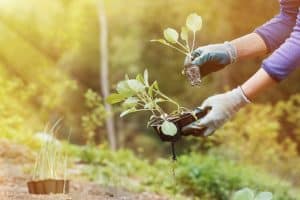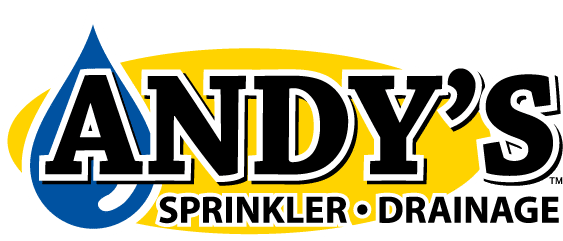Attracting Birds to your Garden this Spring
 Springtime, with its many smells, sights, and sounds, is nearly upon us! And with the warmer temperatures and blooming vegetation comes the return of beautiful birds of all shapes, colors, and sizes. If you have children, attracting birds to your yard can be a great way to introduce them to the wonders of the natural world, as well as the scientific concepts of biology and ecology. In addition, there are some varieties of birds that act as pollinators, and others that reduce local pests like mosquitoes and flies. You can provide a welcoming hotel or vacation home for these feathery friends by taking care to incorporate a few different elements to your landscape and lawn.
Springtime, with its many smells, sights, and sounds, is nearly upon us! And with the warmer temperatures and blooming vegetation comes the return of beautiful birds of all shapes, colors, and sizes. If you have children, attracting birds to your yard can be a great way to introduce them to the wonders of the natural world, as well as the scientific concepts of biology and ecology. In addition, there are some varieties of birds that act as pollinators, and others that reduce local pests like mosquitoes and flies. You can provide a welcoming hotel or vacation home for these feathery friends by taking care to incorporate a few different elements to your landscape and lawn.
First things first
With our warm springs and hot summers, water is one of the most essential components for a successful habitat for most any species of animal, and birds are no exception. The small puddles and pockets of water provided by your sprinklers and drainage system will help, but they are by no means enough for a healthy bird population. Birdbaths, like the concrete kind you find at garden and landscape stores, are ideal for many gardens, but you also have options that can be connected into a sprinkler system. Birds like water that is not stagnant, but they are also often satisfied by a heavy-bottomed dish on a picnic table or a plastic dish attached to a tree.
Vegetation
Birds will naturally gravitate toward locations with an abundance of native plants. In our area, Black-eyed Susans, Coneflower, and Red Cypress are all popular options. Keep in mind that while some native plants will naturalize readily to your yard, others may require small modifications to your lawn or plant-keeping methods to really thrive. Your lawn may not be as marshy as a plant’s native habitat, or it may be too wet at times. Do a little research in preparation for planting a bird-friendly native plant habitat in your lawn; talking with an agricultural co-op or extension service may be a good starting point.
Feeding: Hummingbirds
Hummingbirds are a species that most people would love to see more often in their gardens and yards. Beautifully colored and dainty to a point, these birds are a great addition to any suburban home. However, it is important know how to properly provide a welcome environment for these flighty creatures. Most people think that the red-colored sweet nectar you can find at most any garden store is the best thing for hummingbirds, but the truth is that the red dye in that liquid has actually been shown to be harmful in large quantities. The absolute best supplement for attracting hummingbirds is a simple sugar water mixture that mimics the nectar in the plants that hummingbirds feed on. The right proportion is three parts water and one part sugar, boiled together and cooled. You should change the water-sugar mixture in the feeder every three to four days to prevent the mixture from fermenting and getting your little hummer-friends drunk. NOT GOOD! Hummingbirds love plants that produce a lot of nectar in trumpet-shaped flowers. Red cypress, honeysuckle, and Cape Jessamine are great options. Be careful with honeysuckle, however, as it is classed as an exotic invasive. In some areas, it is illegal to plant new patches of this beautiful vine.
Feeding: Songbirds
Bird feeders can be either perched or hung on various structures like trees, your home, or picnic tables. However, you should attempt to locate feeders far enough away from thick ground vegetation to prevent cats from stalking your little birds as they feed. You will also want to consider what type of bird you want to see the most of when choosing your feeder; finches and cardinals do not care too much about structure or style of feeder, but sparrows will only approach platform feeders and hate to put their heads inside any enclosed space.
Suet and fruit feeders are another great way to attract a large variety of birds, but keep in mind that you will have to wage war against hordes of squirrels in your quest to be the best bird friend in your neighborhood. A valuable defense option is the cone-shaped, slick metal “cap” that sits over the top of the feeder. You can also mount the feeder on a pole, and then regularly oil the shaft of the post. This will prevent squirrels from climbing the pole, and as long as the feeder is far enough away from any tree or wall that squirrels could use to jump directly to the top of the feeder pole. You could also set up a squirrel feeding station away from your bird feeder, and keeping it stocked may reduce the raids on your bird feeder.
These tips will make you the belle of the bird ball this spring, so get out and get tweety!
